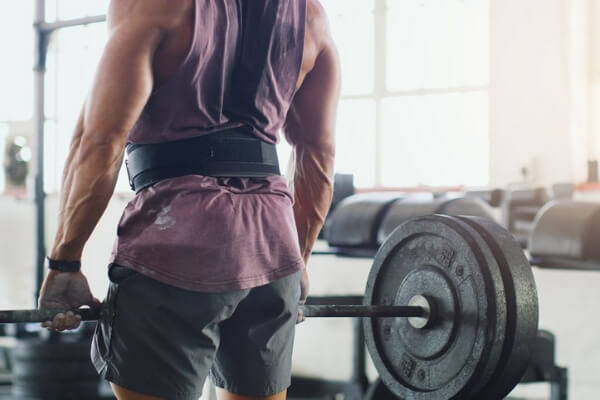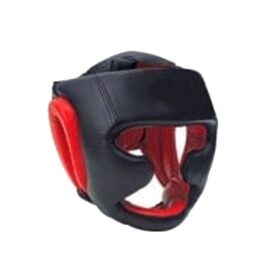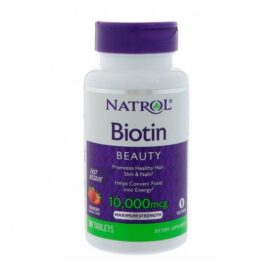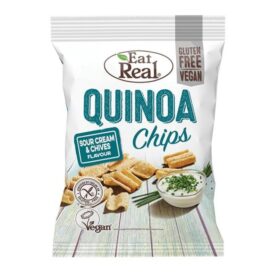Weightlifting accessories are key to lifting the heaviest weights. Whilst you always do the work yourself, weightlifting accessories are there to provide you with the peace of mind that you have an extra layer of safety and support. They help you get a better, secure grip, correct posture or reduce the risk of serious injury in case something goes wrong.
In this blog post, we’re going to be outlining the key support accessories you’ll need when lifting weights. From wrist wraps to weightlifting belts, we’ll be going through their purpose and how they benefit you in your workouts.
Weightlifting Belts
Weightlifting belts are one of the most common pieces of body support in the gym, especially for those who are lifting the heavier weights. Juggernaut state several main purposes of weightlifting belts:
- Reduce the stress on your lower back so it is in an upright position such as during squats and deadlifts.
- Reduce the risk of hyperextension of your back during your overhead lift.
- Reducing lower back stress by compressing the contents of your abdominal cavity.
There are different types of lifting belts as well. Depending on your preference, you can opt for either a double prong belt or a lever belt – which both fasten securely to ensure that they don’t come loose during those crucial lifts.
They’re typically 10cm across in width. 10cm is the width for most people so the belt sits comfortably between their ribs and their hipbone, making lifting easier.
As well as the width, you need a good thickness in your belt. You want your belt to be stiff, and the thicker your belt, the stiffer it will be. Powerlifting federations across the globe have agreed on the thickness of 13mm on belts, so it will be extremely hard to find one thicker than that.
If you’d like some recommendations for lifting belts, we’d recommend either our Ironman Powerlifting/Weightlifting Lever Belt if you want a lever. Our SSS Quick Release Suede Belt is a double-prong belt, making it easier to put on and take the belt off around your lifts. Unfortunately, we do not stock any single-prong belts.
Dipping Belts
Dipping belts are different from your typical weightlifting belts. They’re commonly worn lower and serve a completely different purpose.
People who are veterans of the gym will know that, after a while, dipping your bodyweight is easy. That’s why dipping belts let you add weighted plates due to their chains which are attached to the belt.
Dipping belts are really good for pecs and tricep dips, chin-ups/pull-ups as well as squats. Whilst squatting with a dipping belt may sound unusual. Powerliftingbelts outline a brilliant squat you can do without the stress you usually get on your back.
When you attach the weights to the belt, stand-up with your feet shoulder-width apart and then start squatting as you would normally. However, when your legs reach the 90-degree angle, slowly raise yourself back up to your regular standing position and repeat as you usually would.
If you would like to buy a dipping belt, you can choose between a Nylon Dipping Belt or a Leather Dipping Belt. Both high-quality dipping belts but the difference between the nylon and leather belts is that a nylon belt is more flexible whereas the leather dipping belt is more rigid and thick.
Weightlifting Gloves
Weightlifting gloves get a bad rep, and are featured in a variety of meme’s, RDX Sports say that a lot of people believe that weightlifting gloves can actually do more harm than they do good. This is not true however, there are some risks you face when lifting heavy weights without gloves such as preventing calluses and losing grip.
According to Men’s Health, calluses are pieces of skin or tissue that hardened due to the friction of lifting weights. A lot of athletes and sportspeople experience callouses, causing them pain and discomfort. This is where weightlifting gloves come in, they have an extra layer in between the hand and the bar as it will absorb the moisture and reduce the friction, reducing the risk of calluses.
Along with reducing calluses, weightlifting gloves also have numerous other benefits.
Firstly, they increase your grip due to the fact the bar won’t be coming into contact with your sweaty hands. Sweaty hands make it increasingly difficult to have a solid grip on the bar, however, when you wear gloves, they will be dry and give you a great grip on the bar.
If you have a home gym, you’ll know the pain of cold barbells in the winter. Cold barbells are extremely uncomfortable to handle. Think of your weightlifting gloves as armour against the cold, chilly weather when lifting weights.
If you’re interested in weight lifting gloves, our Ironman White & Blue Weightlifting Gloves are ideal for you. These lightweight weight lifting gloves have a leather palm for the ultimate amount of grip. Say goodbye to callouses and cold barbells because these will only enhance your workout.
Wrist Wraps/Wrist Straps
As well as weightlifting belts, you’ll see plenty of people wearing wrist wraps in the gym. When you’re pushing for a PB (personal best), a heavier load than usual or recovering from injury, it is always best to wear wrist wraps as they provide comfort and support that can give you the confidence to lift more.
The main, most widely known benefit of wrist wraps is that they help stabilise the wrist to prevent you from hyperextension and promote proper wrist placement under the bar. When wearing wrist wraps, it stops you from losing any strength when correcting movements in your legs or shoulders.
If you need to buy some wrist wraps, our black and white Ironman Wrist Wraps are made from durable cotton, these elasticated wraps are fully adjustable and fastened with a strong Velcro grip. This, in turn, gives you a comfier workout to keep you working harder.
Knee Support
Protecting your knees is very important. If you injure your knee, you’ll find that everyday tasks such as walking can become extremely painful or impossible. That’s why safety is paramount when you’re putting weight on your lower body.
Whilst you may think knee wraps and knee sleeves are the same, they serve different purposes which depend on your fitness goals and activities in the gym.
KNEE WRAPS
Knee wraps are most commonly used by powerlifters and weightlifters. They are elasticated, similar to how wrist wraps are except knee wraps are longer and wider. They are wrapped around the knee in a spiral or diagonal direction when training your legs.
The reason as to why knee wraps are so renowned is that they theoretically let your lift more weight during your squats. When moving downwards in a squat, the knee wraps absorb and store elastic energy. The energy is released when pushing back upwards, resulting in the ability to lift faster and heavier.
As well as that, you reduce the stress on the tendons in your quadriceps which attach to the kneecap. So when you’re lifting those heavyweights, it’s always best to protect yourself and wear knee wraps.
We sell different types of knee wraps depending on the weight you’re lifting and how rigid you want your wraps to be. Our standard Black and White Standard Knee Wraps are great if you’re just adding a little bit of weight to your life. We also have some Yellow and Black Heavy Duty Knee Wraps when you’re putting on a substantial amount of weight or the Red and Black Double Super Heavy Duty Knee Wraps for the impossible loads.
KNEE SLEEVES
Knee sleeves are also common in and around the gym. They are a neoprene sleeve that fits snugly over your knee which acts as a compression device when you’re squatting or doing Olympic Lifting.
Be careful not to confuse knee sleeves with knee braces, they are not there to protect you from a previous injury but they are there to protect you against a potential, future injury. They do this by increasing the blood flow and reducing swelling & pain in the knee. This is done because the tightly fitted knee sleeve has provided you with a very good amount of compression. Knee sleeves also give you the ability to recover quicker, making you work so much more efficiently.
According to BoxLife, knee sleeves also decrease the risk of injury by limiting the movement of the patella (knee cap) during an exercise. Knee sleeves also provide you with lateral stability and increase proprioception – which is knowing where your other body parts are located when doing an exercise.
If you want a good pair of knee sleeves for your workout, our SSS Neoprene Knee Sleeves provide brilliant support for weightlifters.






